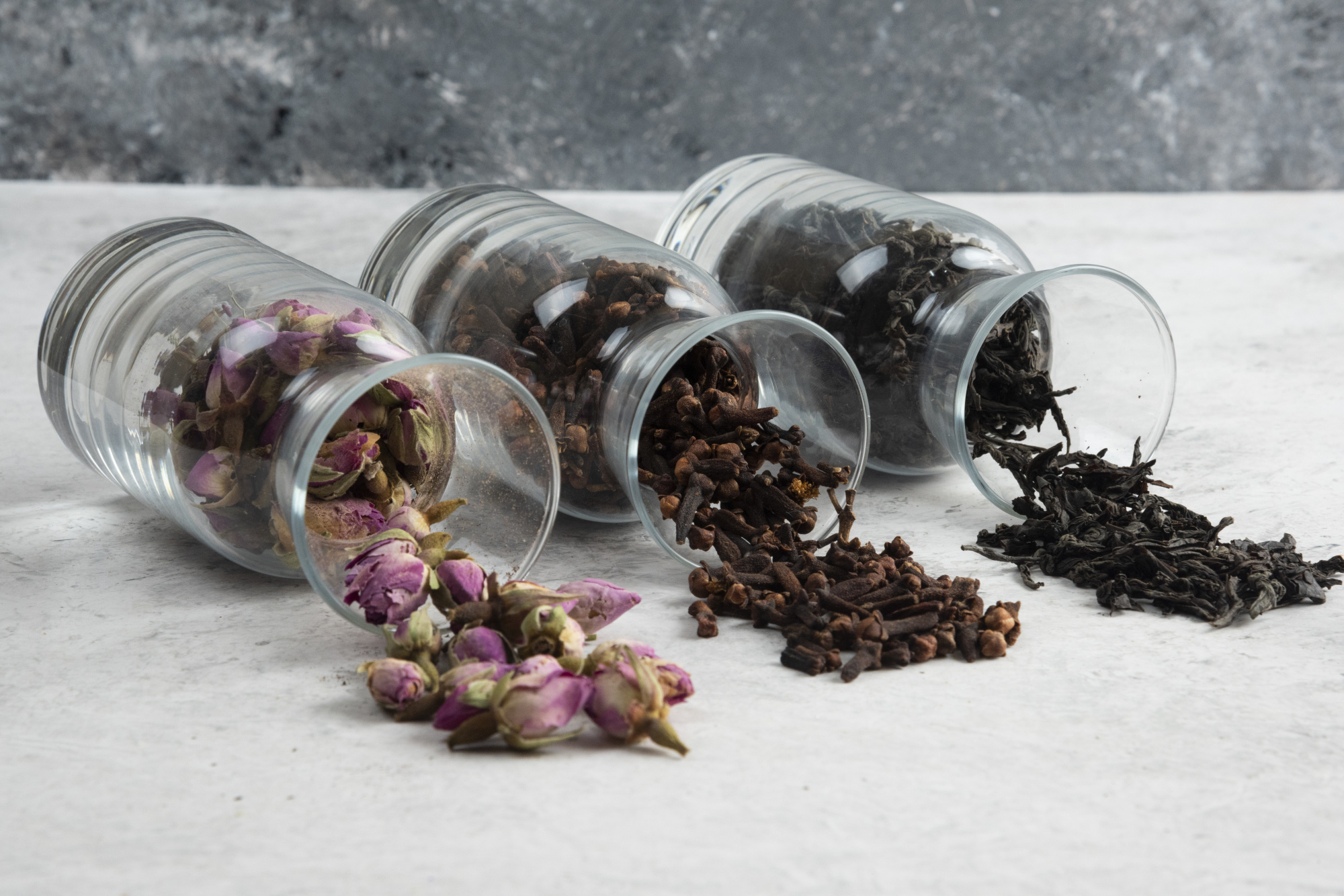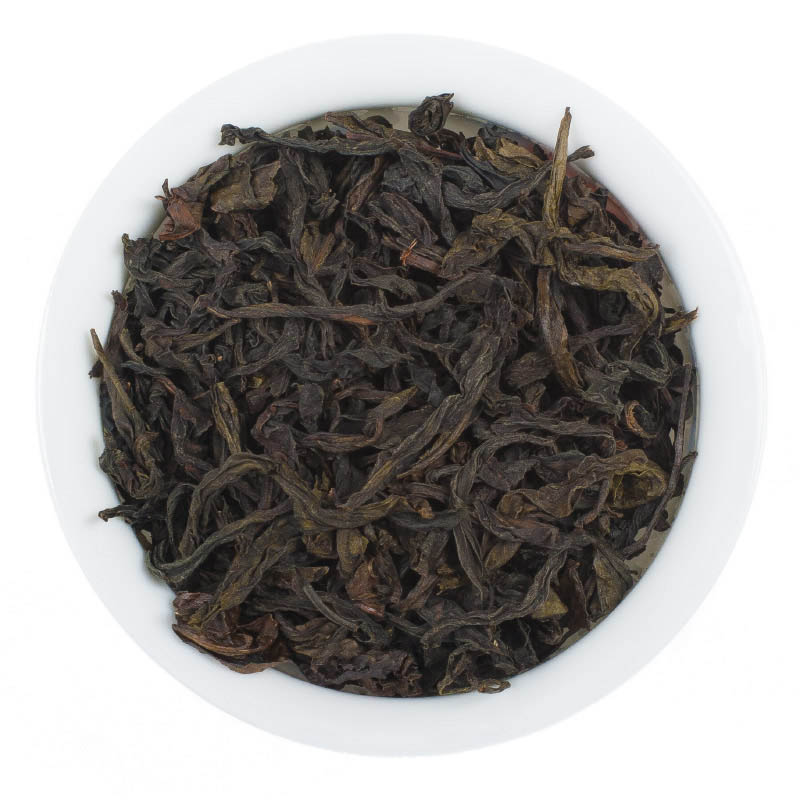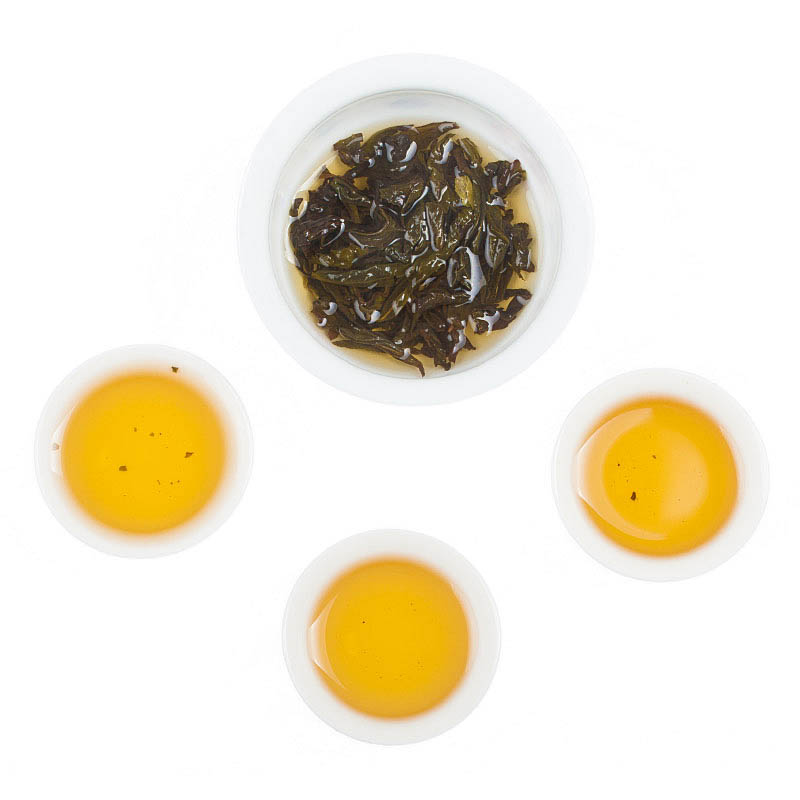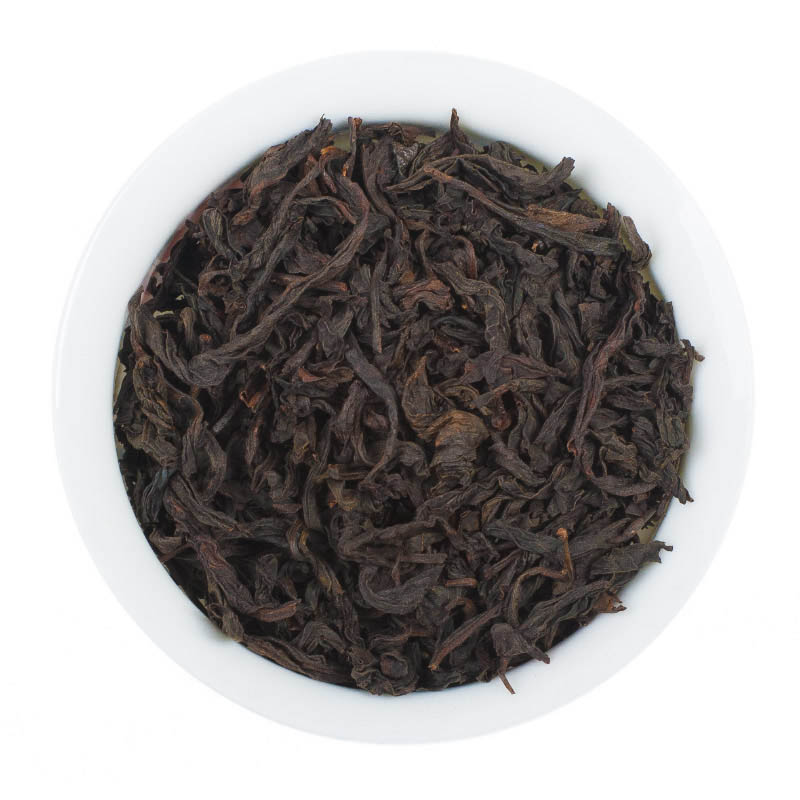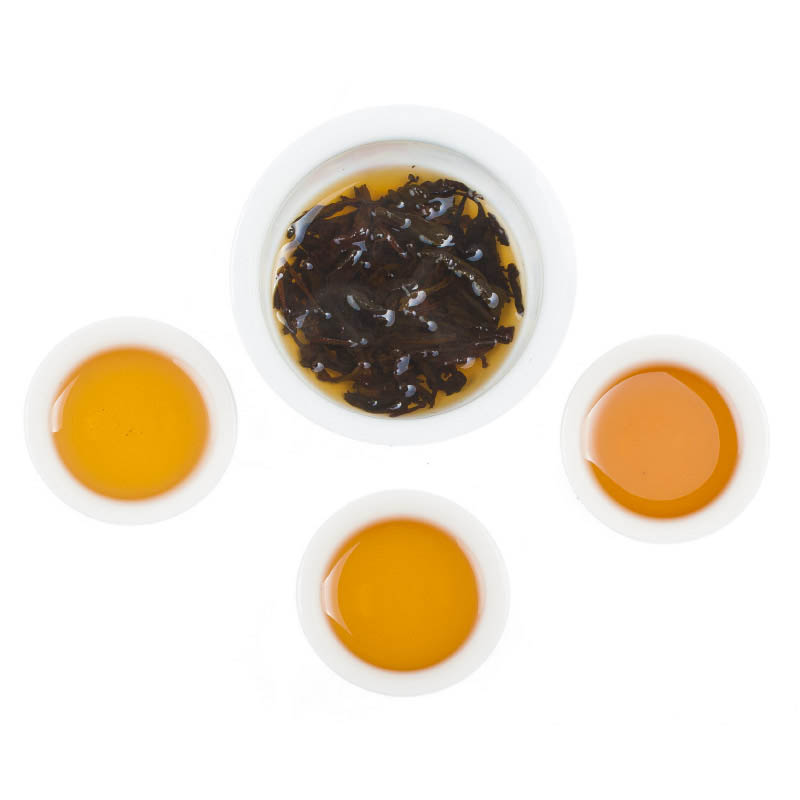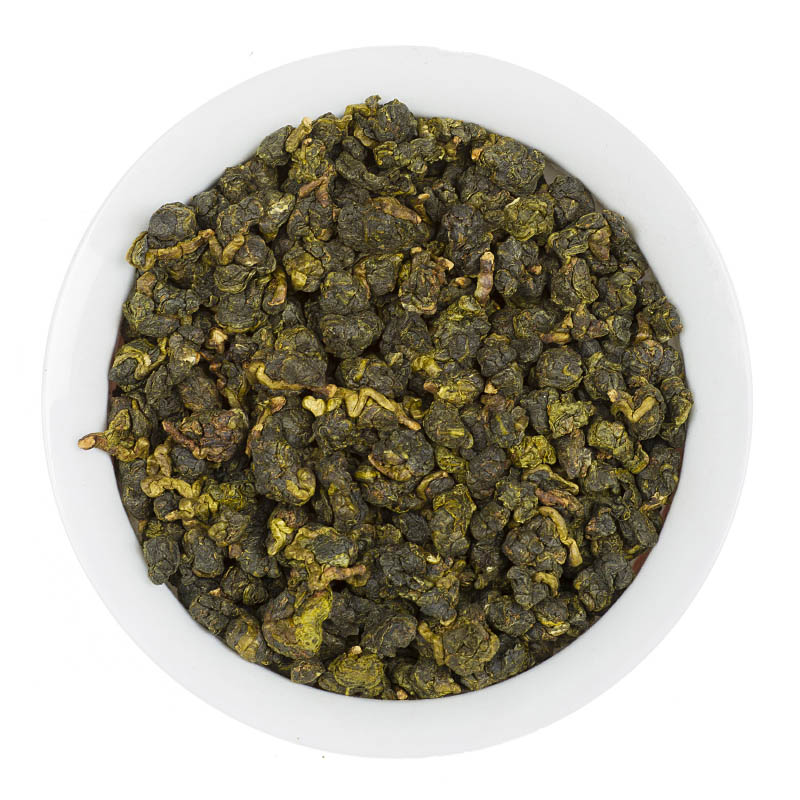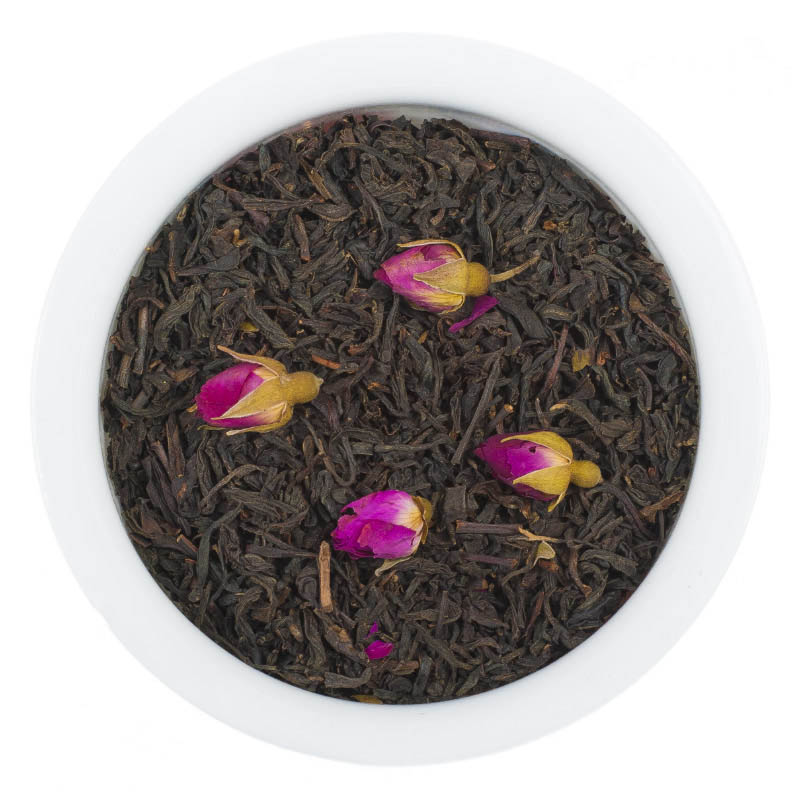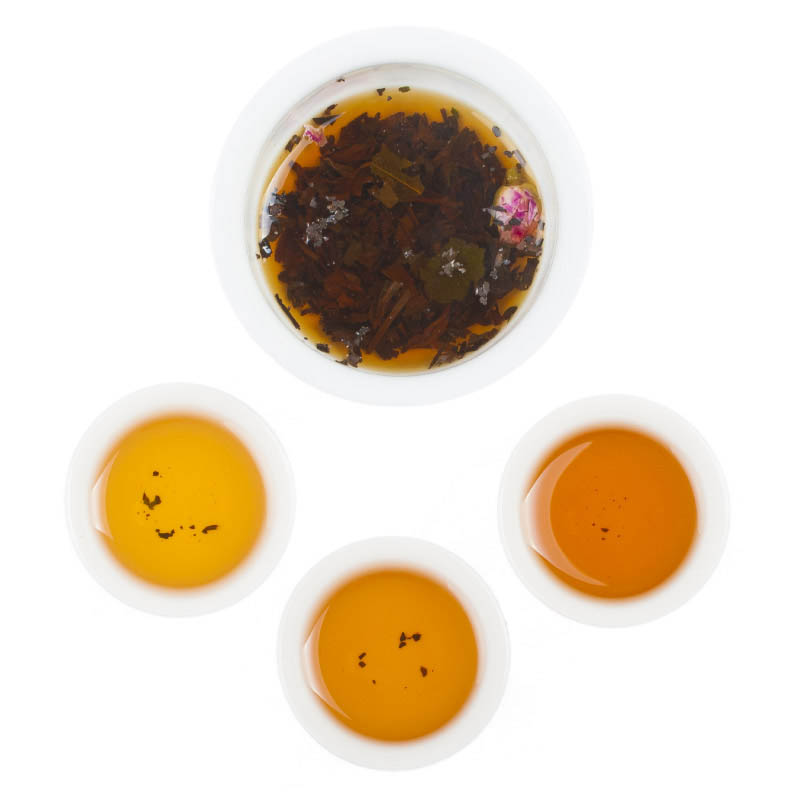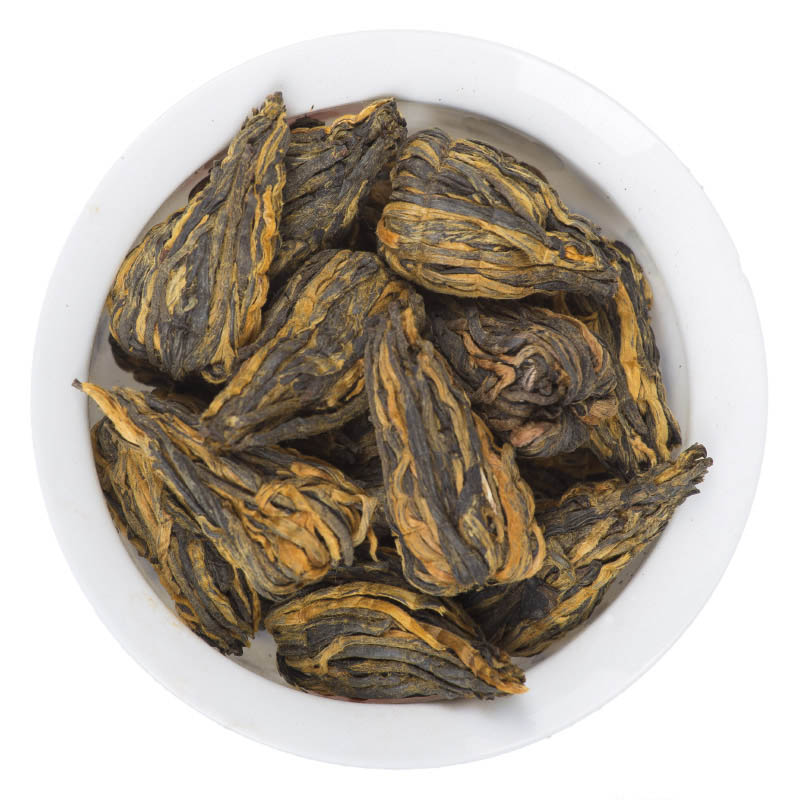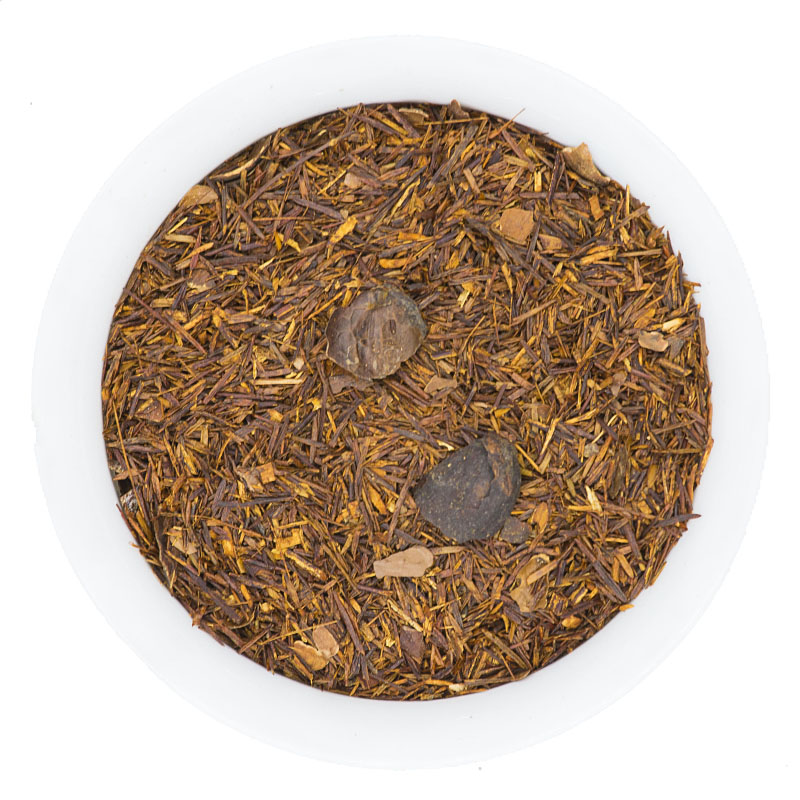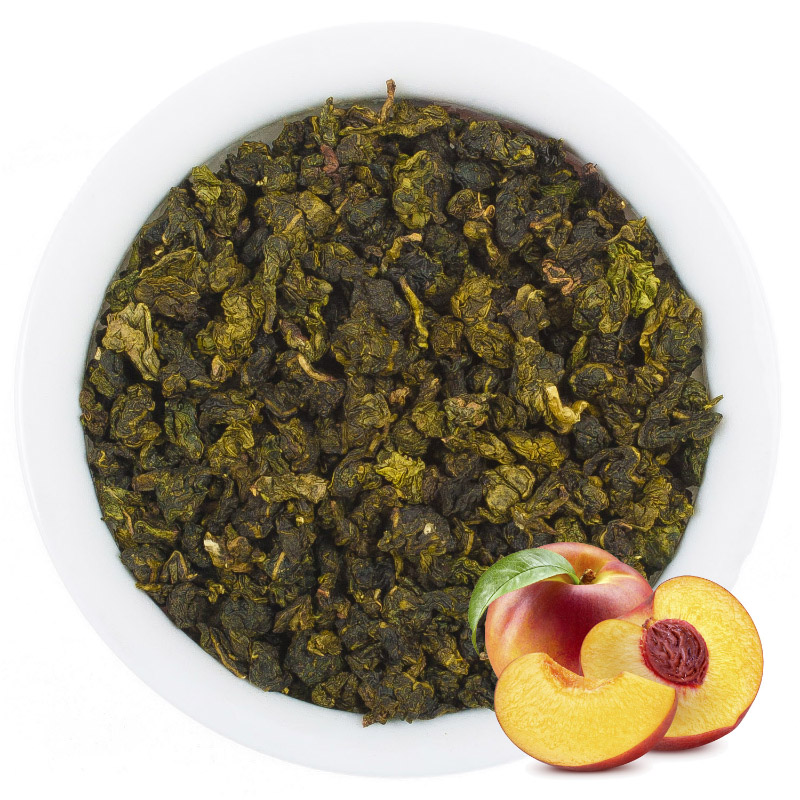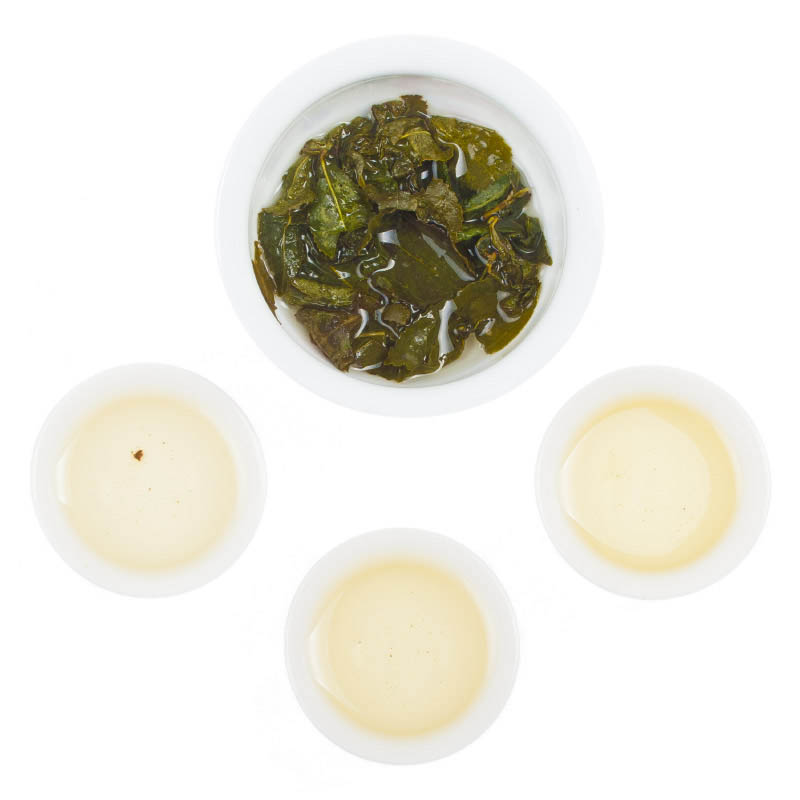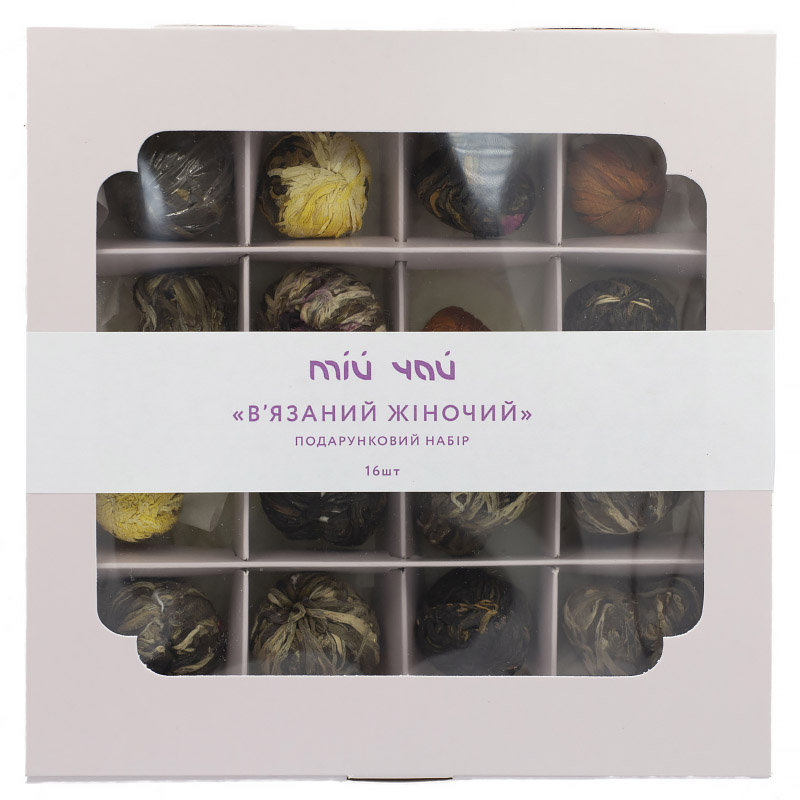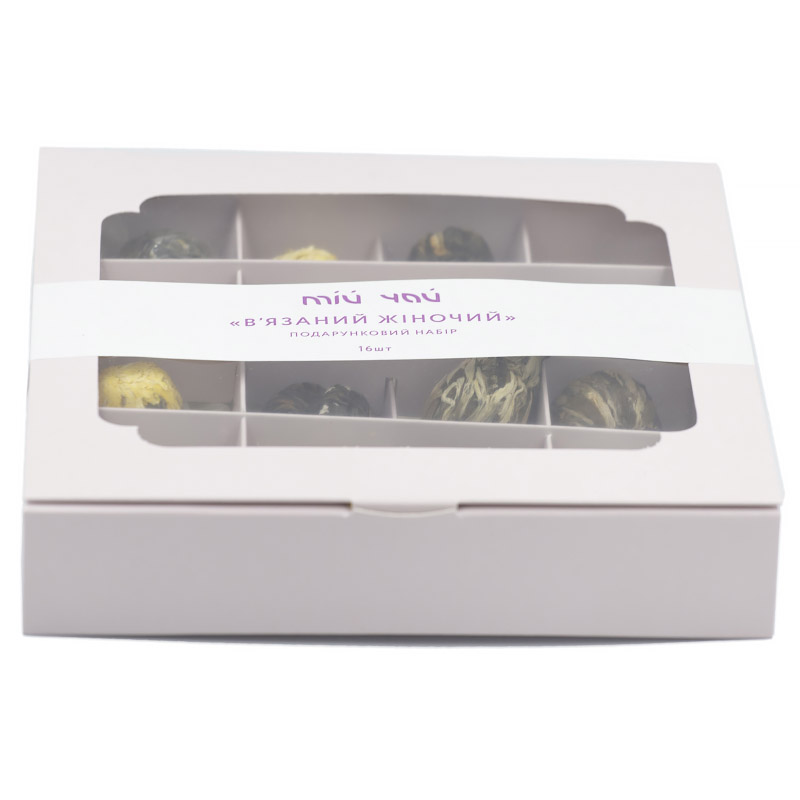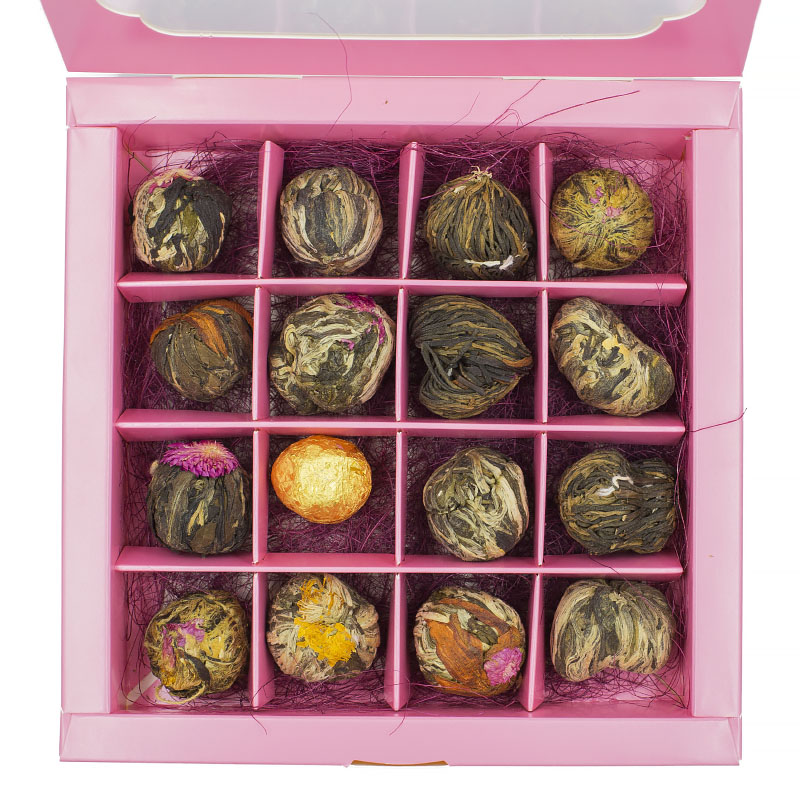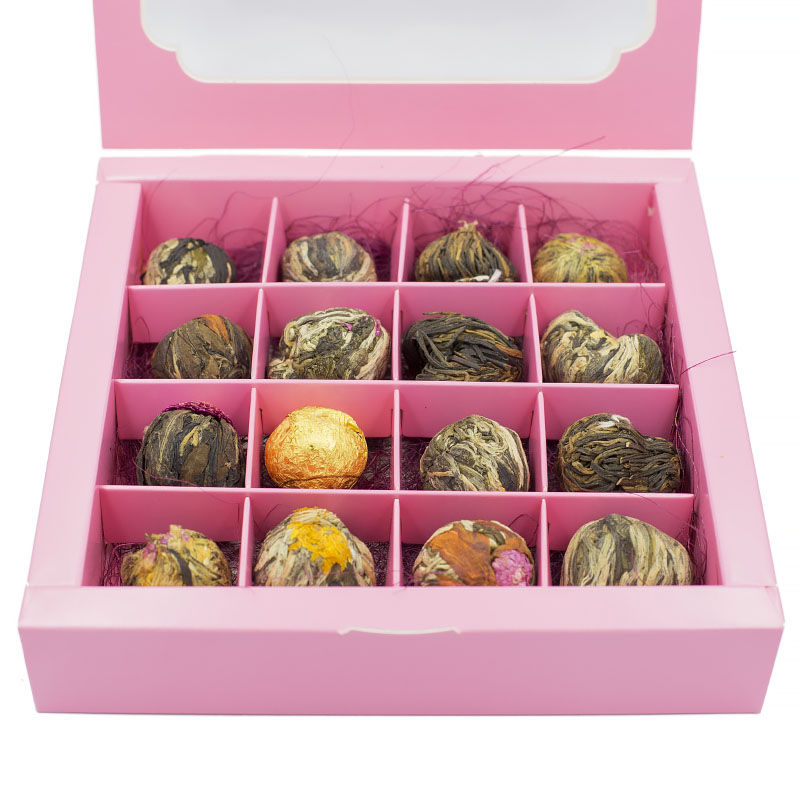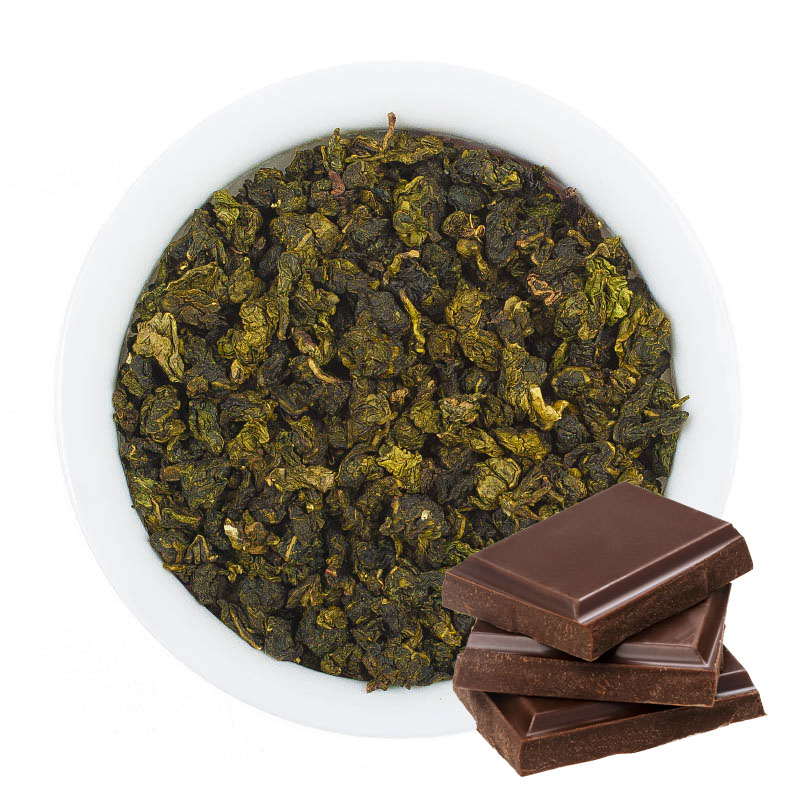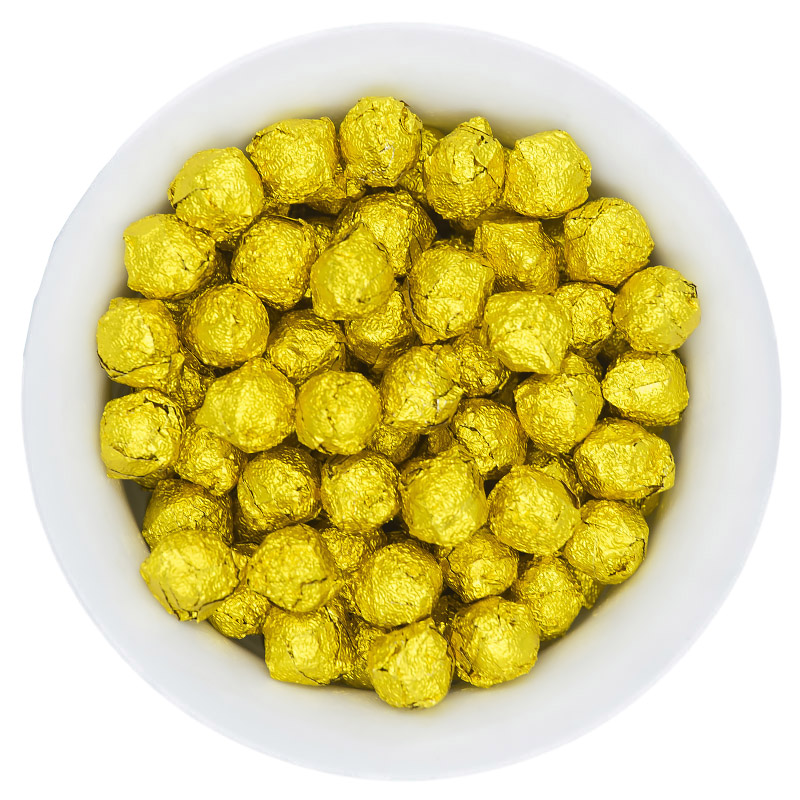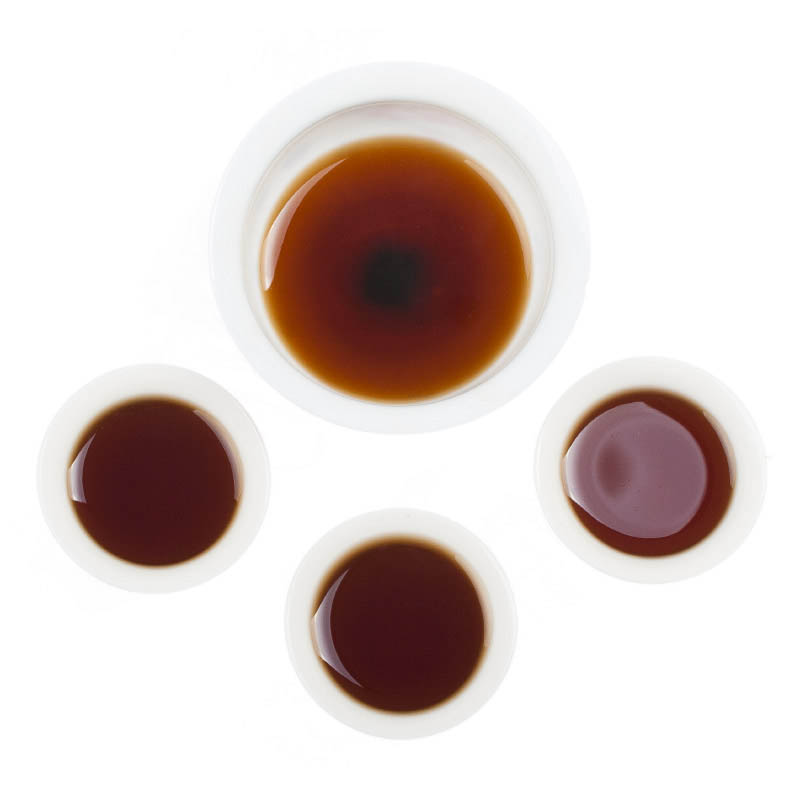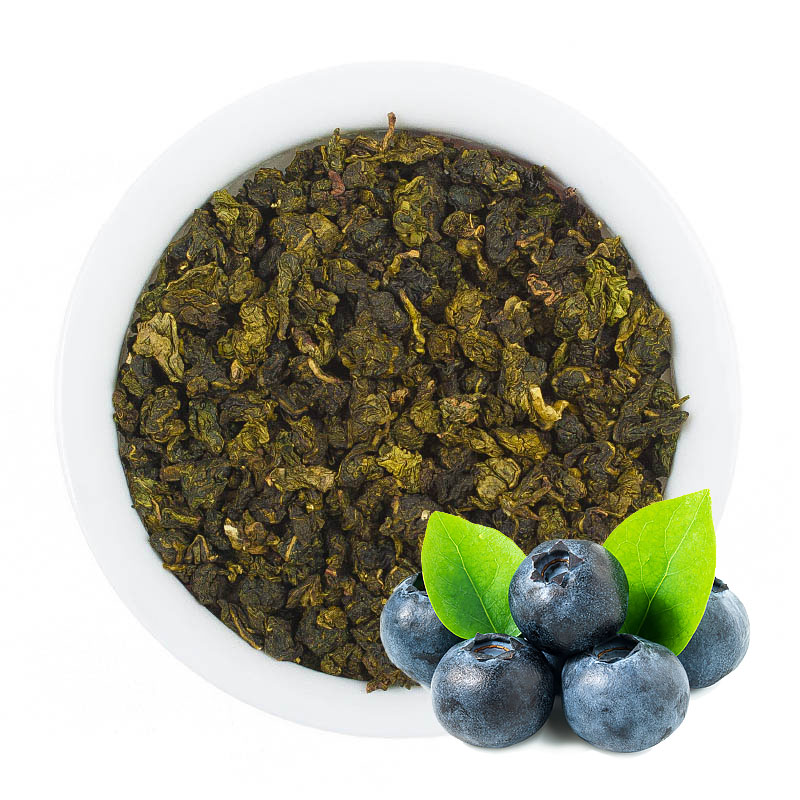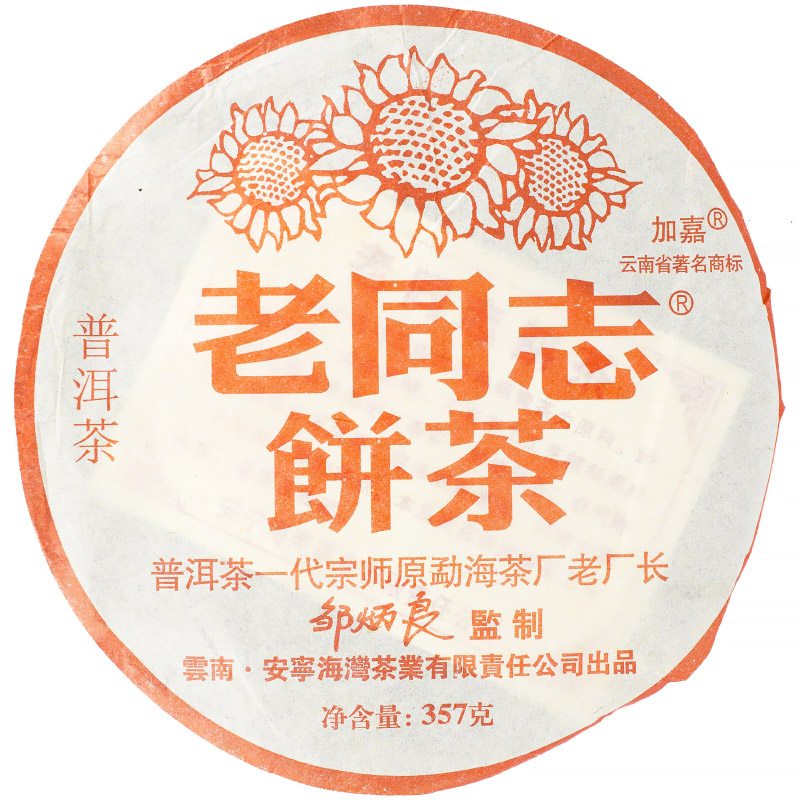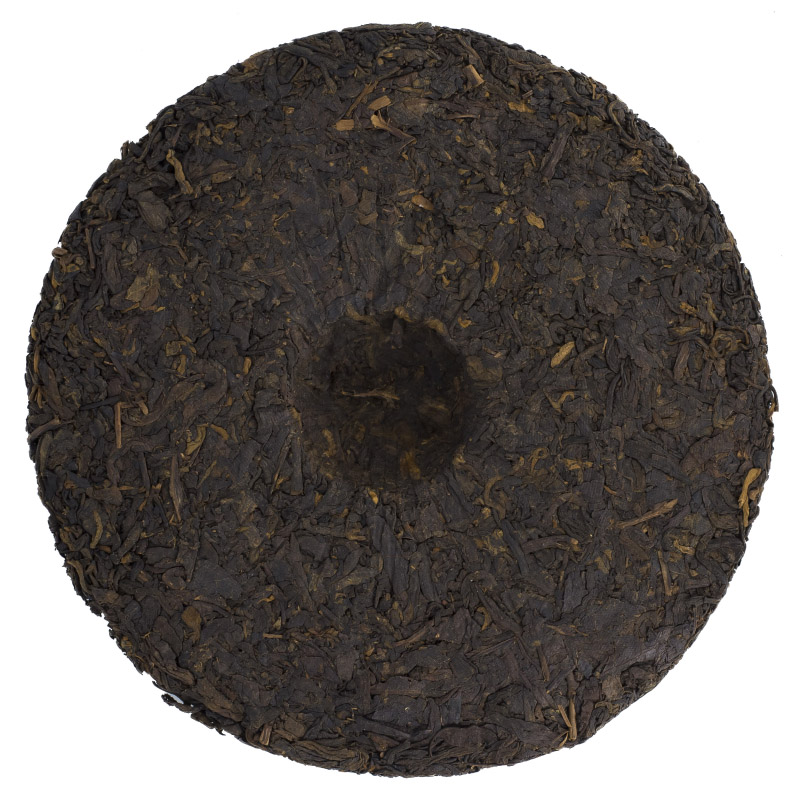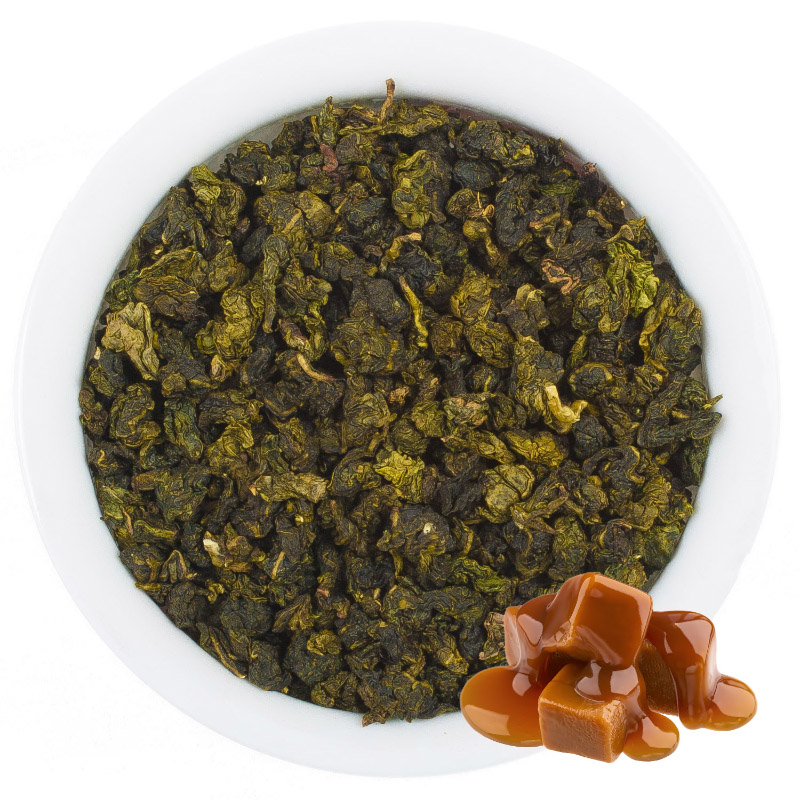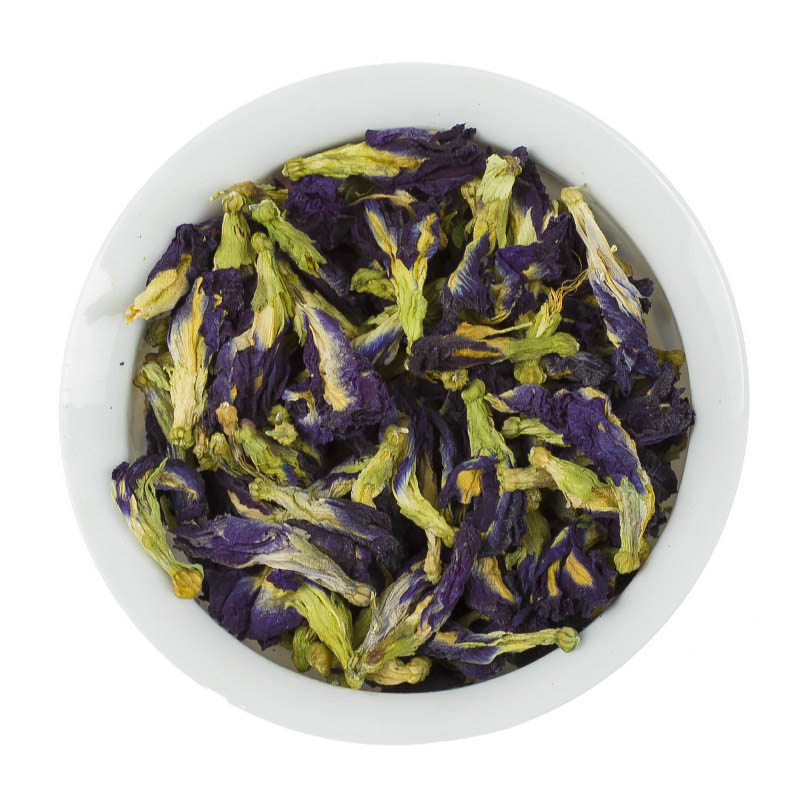Contents
- Types of Tea
- Tea Forms
- Tea Beverages
Tea is one of the oldest beverages. Over several centuries, its popularity has not diminished, and among thousands of varieties and types, even the most discerning gourmets can find the perfect option.
Types of Tea
Tea is made from leaves harvested from special bushes. There are three types of such plants. Chinese tea grows not only in China but also in Japan, Vietnam, and Georgia. Assam bushes’ leaves are used to produce Ceylon, Indian, and African teas. The rarest is the Cambodian variety, a hybrid of the two previous bushes. It grows only in a few regions of Indochina.
Traditional tea production involves processing the leaves of the tea bush, and the type of the resulting product depends on the method and duration of processing:
- White tea is made from young leaves and unopened buds. Minimal processing is used, resulting in an infusion that is yellowish or greenish. This tea has a delicate flavor with herbal, floral, and even melon notes, as well as a floral-honey aroma. White tea is brewed with water at 60-70°C for about 6 minutes;
- Green tea — leaves are dried immediately after harvesting. Processing involves minimal fermentation, so the product retains all its beneficial properties: a high concentration of vitamins, minerals, and antioxidants. The flavor and color depend on the processing method — roasting or steaming. Good green tea has a astringent, sometimes slightly sweet taste, with jasmine notes in its aroma. Brew for 3-6 minutes with water at 85-90°C;
- Yellow tea — manufactured similarly to green tea but without quick heating. Leaves and intact buds are slowly warmed in a humid environment. The drink has an amber or reddish-brown hue and a floral scent. Brewing temperature is 65-80°C, for about 6 minutes;
- Oolong — a tea with medium fermentation and a distinctive taste. Made exclusively from mature leaves. They are withered in the sun, rolled, then fermented and roasted, with further rolling and drying. When brewed, the leaves turn green in the middle and red around the edges. The tea has a sharp and spicy taste, with a floral aroma. Brew for 1-4 minutes with water at 65-80°C;
- Puerh — tea made from leaves that are oxidized in compressed form over several years. It has a reddish or dark brown color and a sweet aftertaste. For brewing, the tea should be rinsed twice with hot water, drained after a few seconds, and then steeped for 15-25 minutes. Water temperature is 85-100°C;
- Black tea — made from leaves and unopened buds of tea bushes. They are fully oxidized over 2-4 weeks, after which further processing occurs. This tea has a strong, rich but not bitter taste, a resinous aroma, and a red or reddish-brown color. Brew for 2-6 minutes with water heated to 95-100°C.
Puerh and oolong teas are produced only in China. India mainly specializes in black teas, as well as the elite Darjeeling tea, which is grown on high mountain plantations. Africa produces exclusively black tea.
Tea Forms
Tea also differs in form. The most valued is loose leaf tea, also called “baihao” tea. The appearance of the leaves can indicate the quality of the tea. It is convenient for dosing during brewing and allows blending different types to create a unique flavor.
Another option is pressed tea. Puerh is most commonly sold in forms such as cakes, tablets, or bricks, but other teas are also offered in pressed forms. One of the most convenient forms is tea bags, which appeared at the end of the 19th century. Initially, silk was used to make them, and later special paper. The most modern form is capsule tea, prepared similarly to espresso coffee.
Tea Beverages
Tea is often used to refer to drinks made from plants unrelated to the tea bush. Such beverages include:
- Rooibos — made from the leaves, stems, and shoots of the African shrub Aspalathus linearis. It contains no caffeine and has a slightly sweet taste;
- Hibiscus tea (Karkade) — a reddish infusion made from hibiscus flowers, rich in vitamin C;
- Mate — a Paraguayan beverage made from holly leaves, with a tonic effect due to caffeine content;
- Butterfly pea (Anchan) — a Thai drink made from the flowers of the exotic blue butterfly pea plant;
- Ku Qiao — a caffeine-free Chinese buckwheat tea.
A separate category is herbal teas, which are infusions made from various plants.
